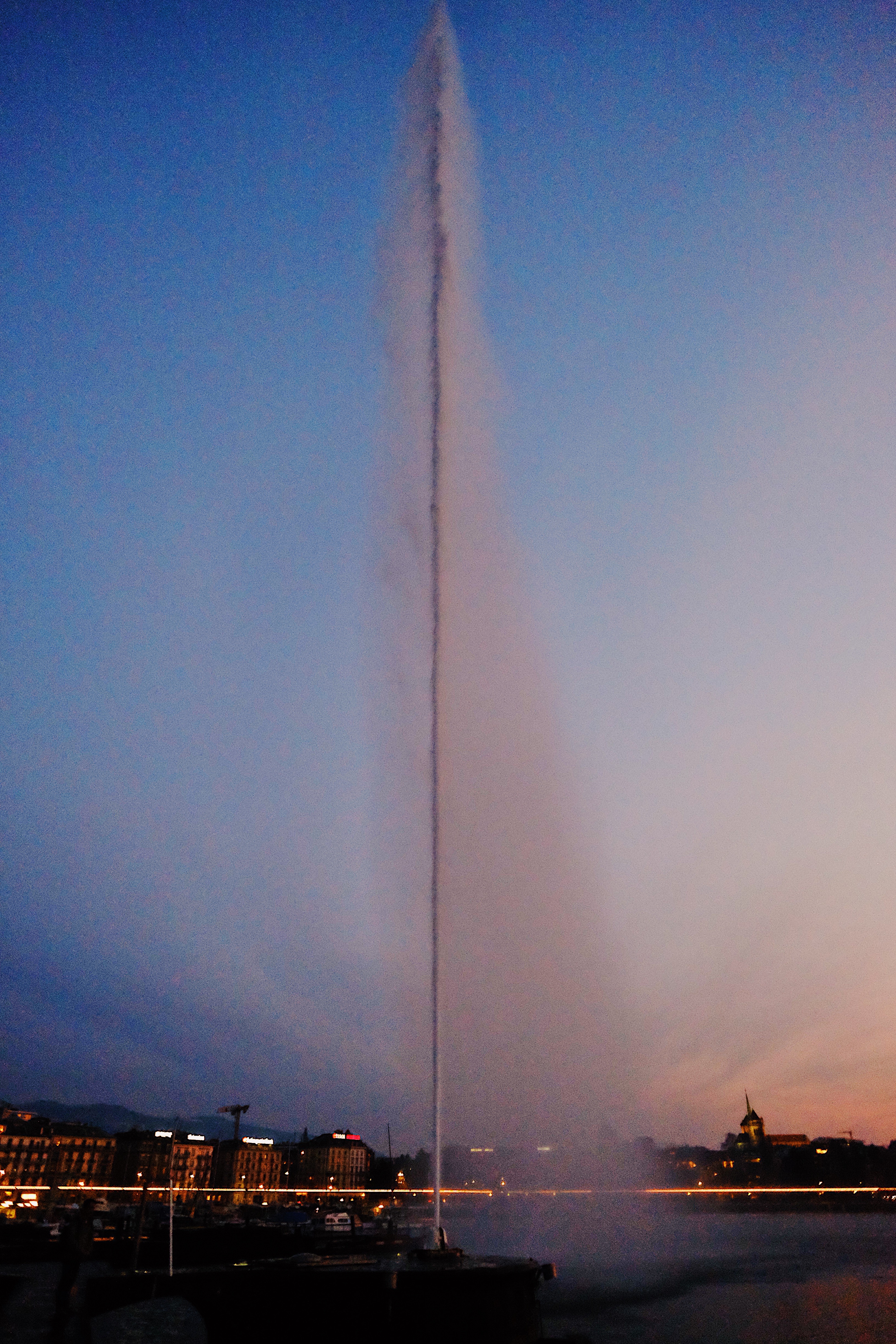About two thirds left

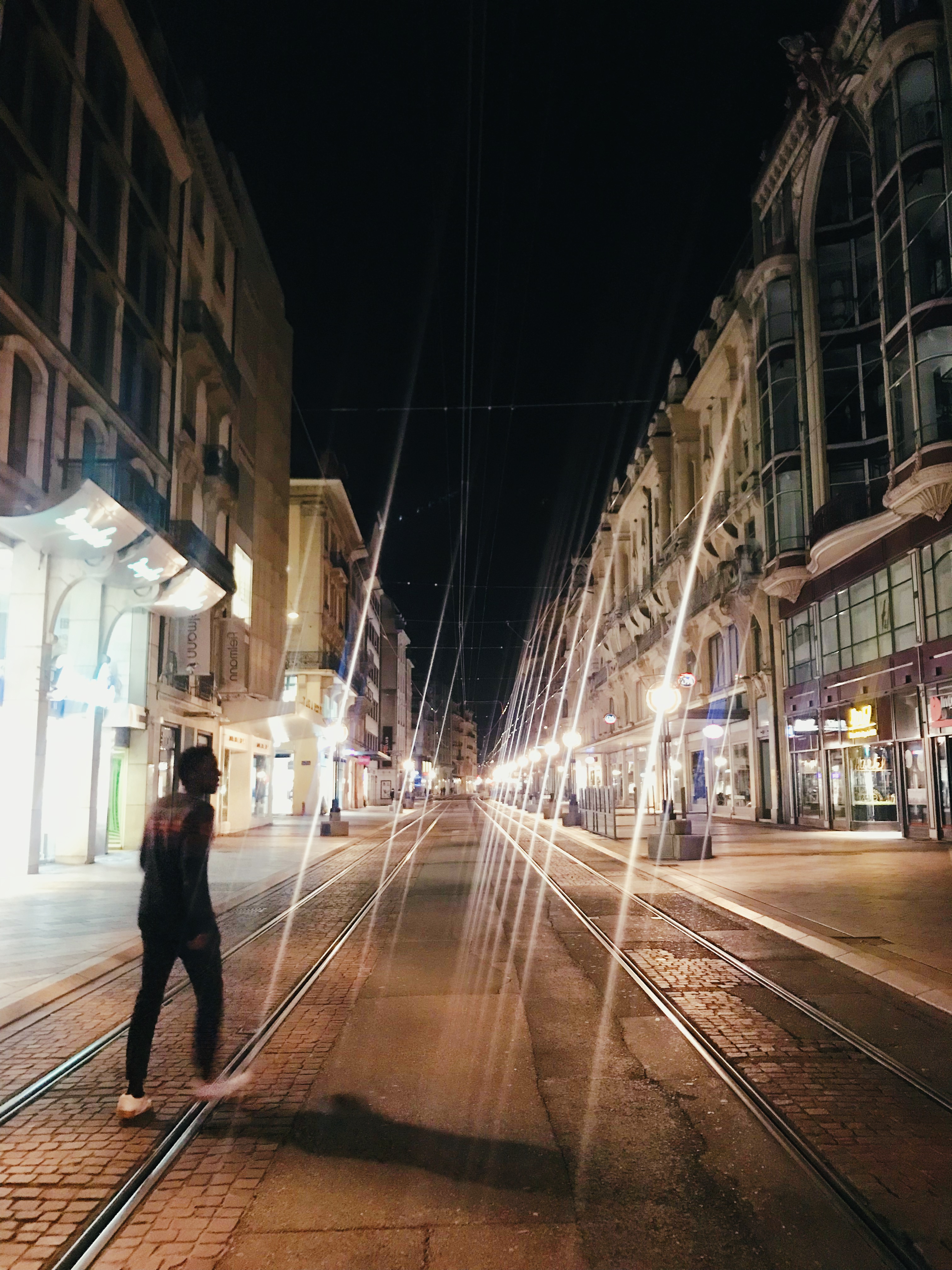
It has been a busy, productive week, and consequently I didn't go anywhere this weekend. It was nice to sleep in, relax, and soak in Geneva. We rode the rides again on Friday - it never gets old.
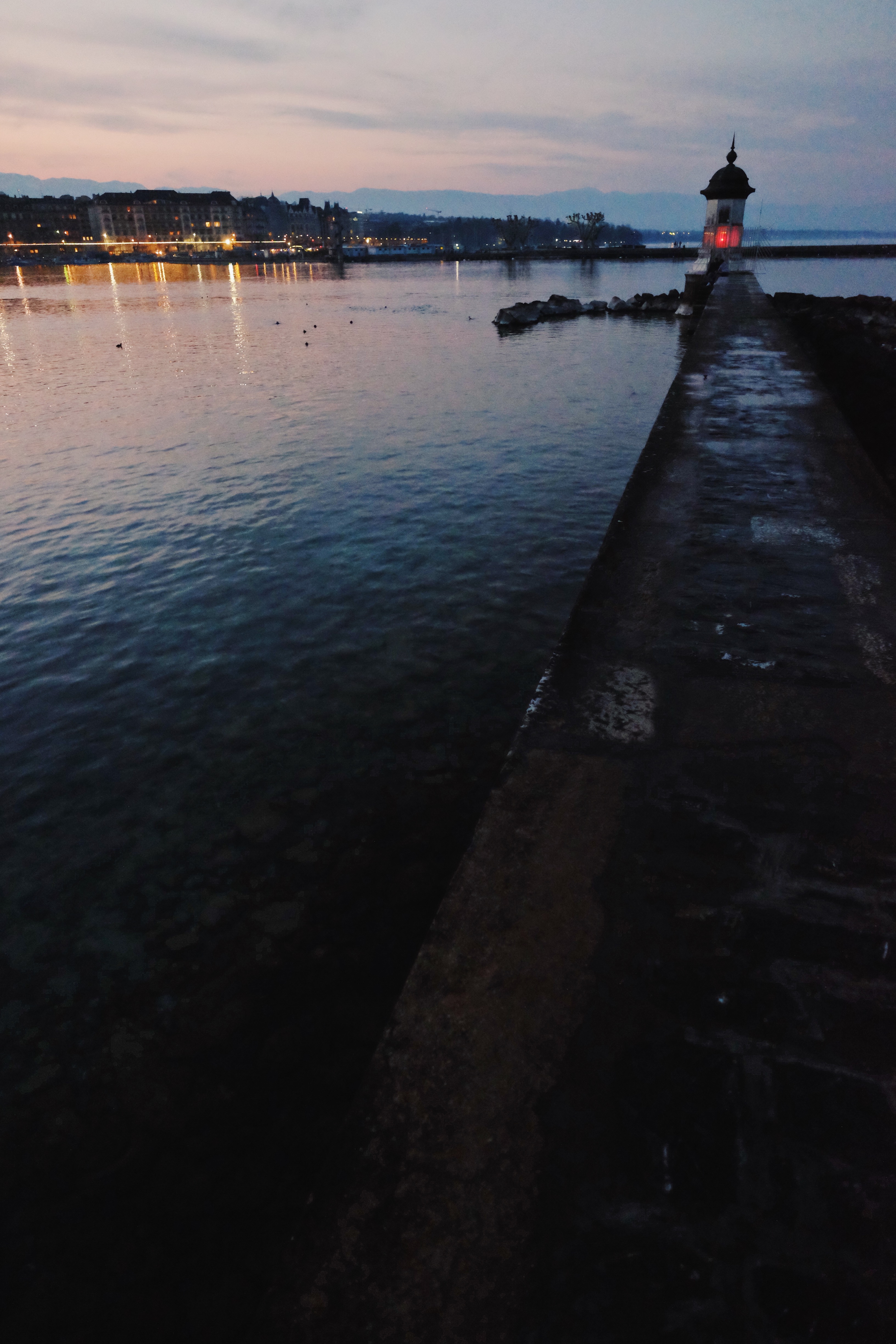
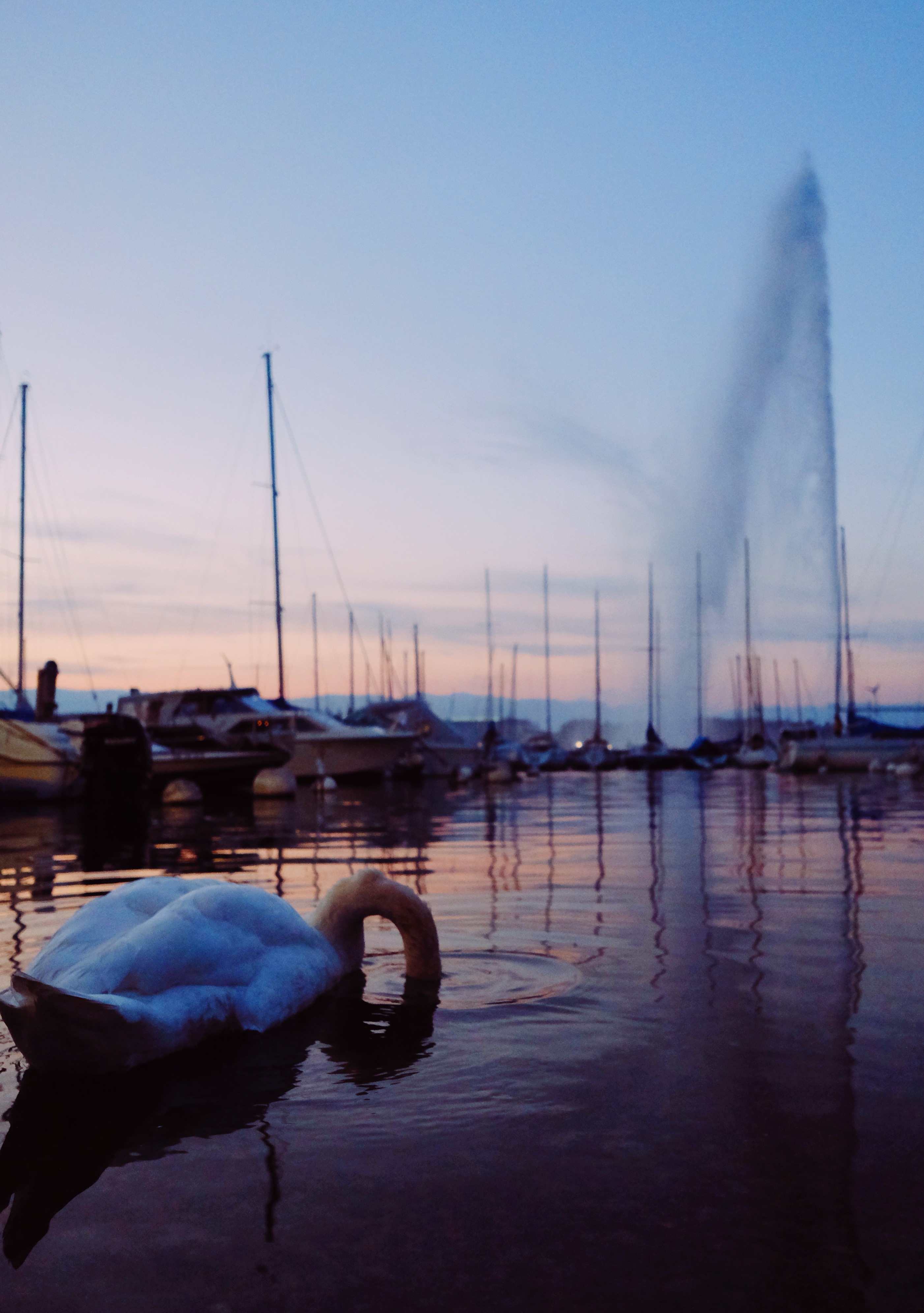
Geneva is gorgeous, and I'm very lucky to be able to spend so much time here.
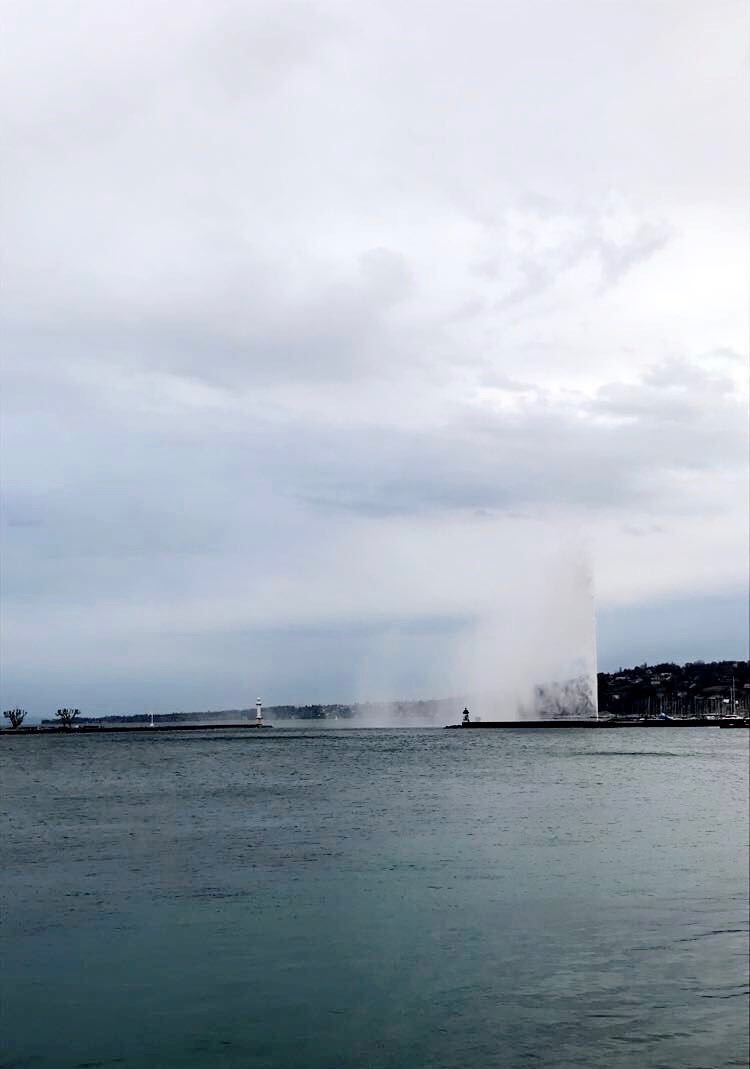
If you couldn't tell, I'm enamored by the Jet d'eau. It shoots water 140 meters, or 460 feet, into the air. I often think about how much pressure that requires, and I'm pretty sure it would take off your hand or your foot or whatever you put into it.
Sometimes at night they like to turn it on backwards. I'm not exactly sure how they manage this. A feat of engineering to say the least.
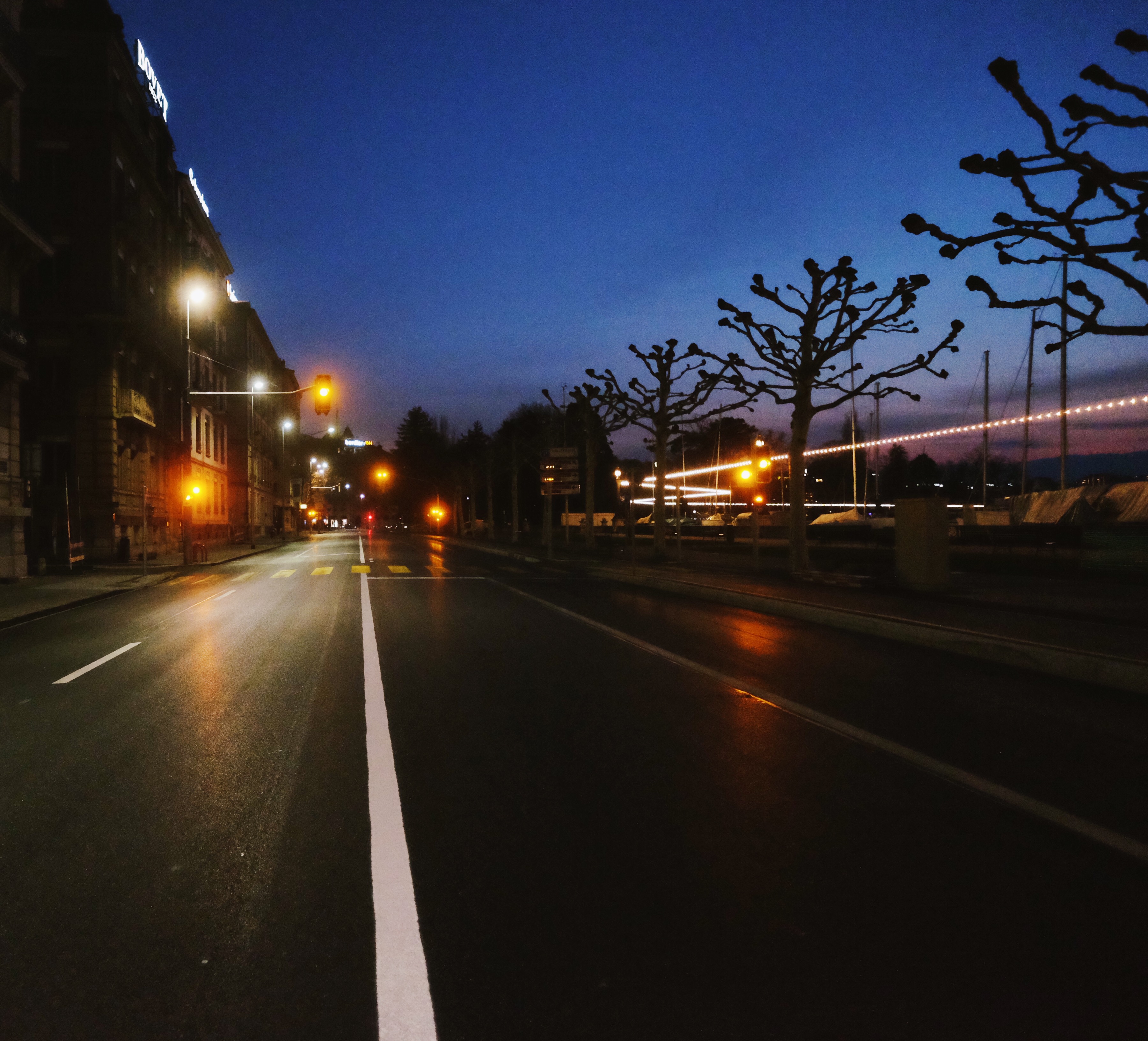
They have been paving the road right outside where we live, which has rerouted a lot of traffic down our street. This would be fine, except Genevan drivers think that honking their horn at 6 am is a gift to humanity, as if it makes them get to where they're going faster.
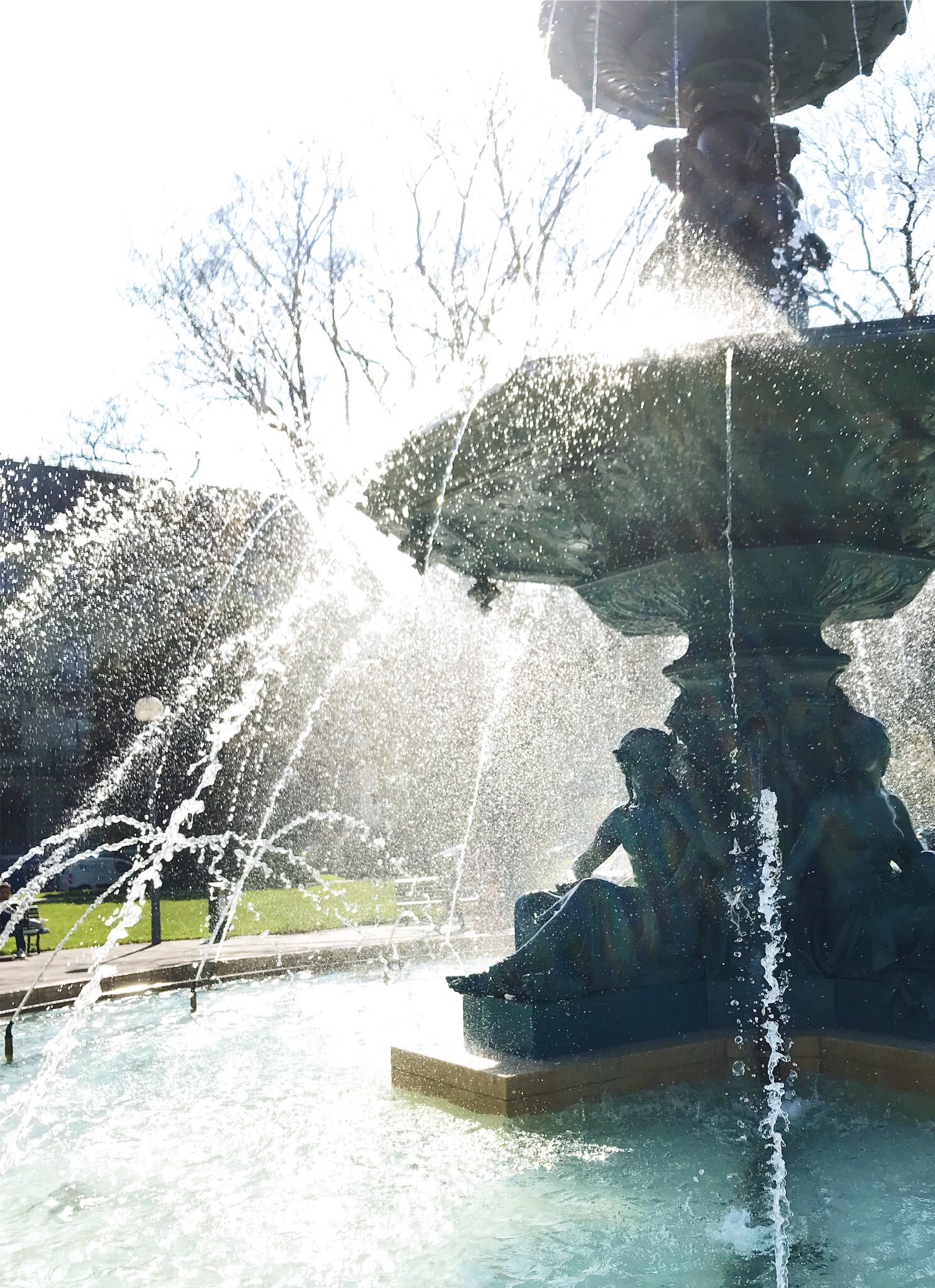
The fountains in Geneva get their water straight from the lake. Its so clean that you can drink it right out of the fountain.

This is a post I saw on reddit about the week of weather that we've had. The pictures are in the Jura mountains which are close to Geneva. Days like the picture on the left tempt me to jump into the lake on my way to work, and days like the picture on the right make me wish I was in the Caribbean.
My Project
I'm going to talk about this again because I've made some progress.
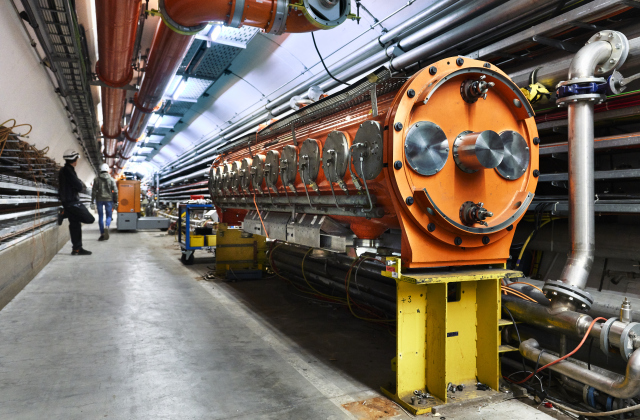
As a reminder, this is the part I am working with.
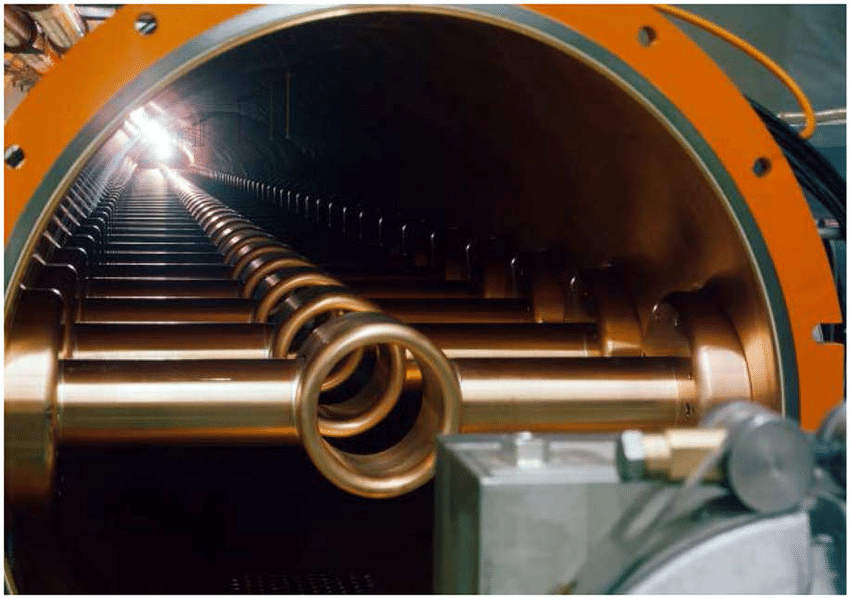
The proton (or heavy lead ion) beam passes through the circular middle part. The structure is designed so that only a certain frequency of electromagnetic waves can pass through. This reduces the phase velocity of the proton bunch, which makes it more favorable for acceleration.
I've been trying to implement a more efficient way of calculating the scattering parameters of this cavity. The method uses matrix concatenation of small cavity segments instead of pure brute force simulation of the whole cavity.
As a proof of concept, and to start building an algorithm that can do this, I first tried putting together two half waveguides (left) to try and replicate a full waveguide (right).

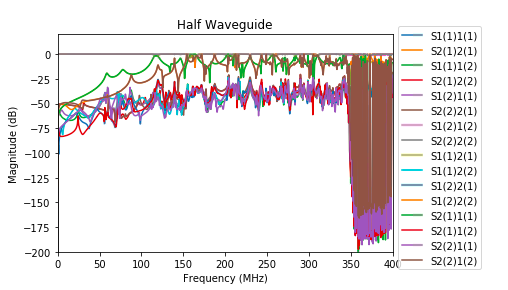

The software that I'm using simulates input power, at a range of frequencies, into the given structure. It shows what happens to the power on the inside, and where/how it comes out. The results are given as scattering parameters, which are ratios between input and output power.
The goal is to make the concatenated half waveguide graph look like the full waveguide graph.
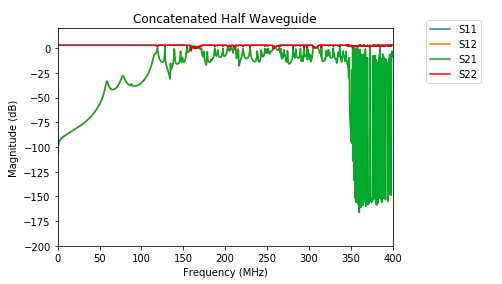
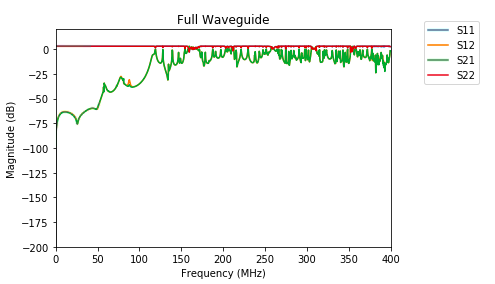
The peaks of these two graphs occur at the same values, which means it worked. They don't exactly match from about 0 to 50 MHz (because of mesh imperfections) and from 350 to 400 MHz (because of limited mode consideration I think), but that's okay because I have plenty of time to make it more sophisticated and accurate.
This is good news, and I really look forward to pushing it further in the coming months.
